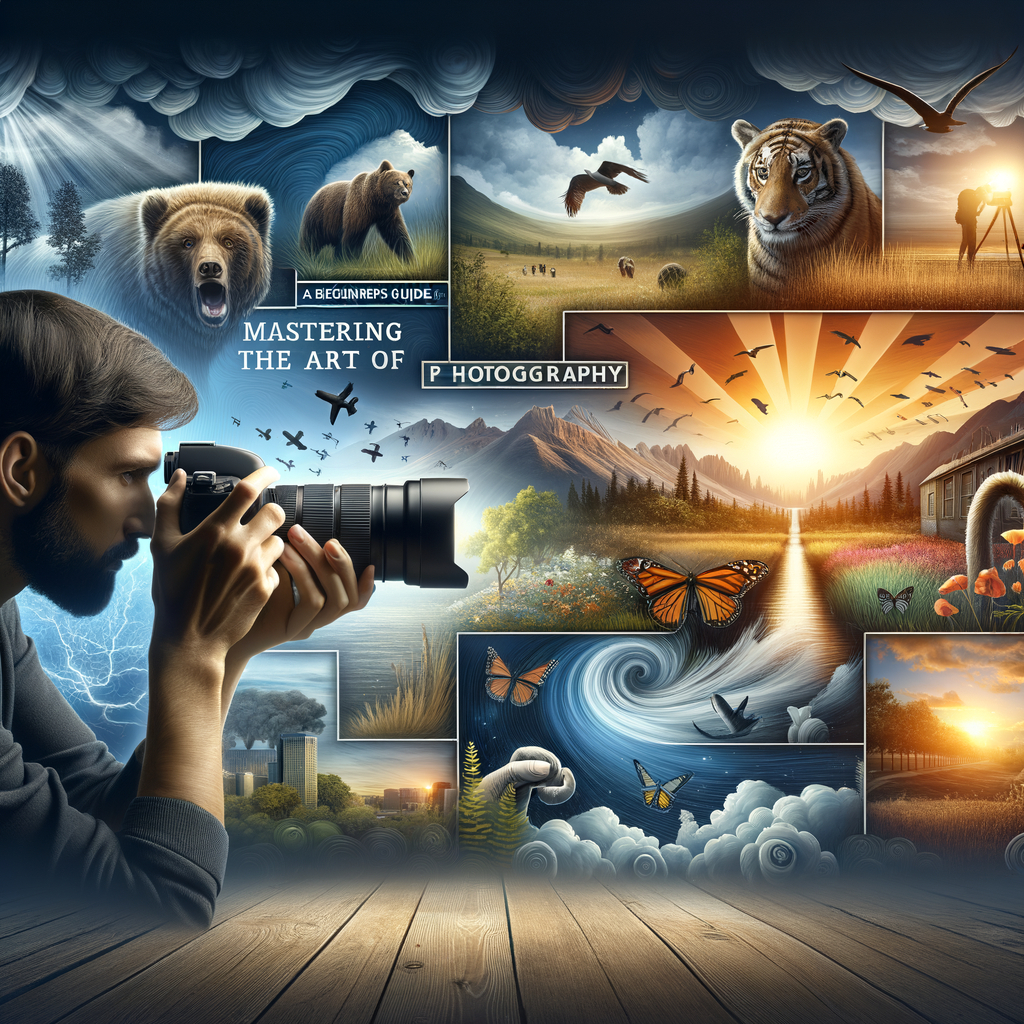Physical Address
304 North Cardinal St.
Dorchester Center, MA 02124
Physical Address
304 North Cardinal St.
Dorchester Center, MA 02124

Photography is an art that tells a story without words, captures moments in time, and expresses emotions unlike any other medium. It’s a skill that requires an understanding of light, composition, and perspective. This guide aims to help beginners embark on their journey into the world of photography.
Before diving into the technical aspects, it’s important to understand what makes a photograph compelling. A good photograph is one that draws attention, incites emotion or thought, and effectively communicates a message. This can be achieved through various elements such as composition, lighting, subject matter and timing.
Your camera is your primary tool in photography. Whether you’re using a DSLR (Digital Single-Lens Reflex), mirrorless camera or your smartphone camera, it’s essential to understand its capabilities and limitations.
A DSLR has interchangeable lenses which allow for greater flexibility in terms of focal length and aperture options. Mirrorless cameras are similar but are generally lighter due to the absence of a mirror mechanism. Smartphone cameras have greatly improved over the years with features such as optical image stabilisation and multiple lens options.
Exposure refers to the amount of light that reaches your camera sensor. It is determined by three fundamental elements: shutter speed, aperture and ISO.
Composition is about arranging elements within your frame to create a visually pleasing or meaningful photograph. Some common rules of composition include the Rule of Thirds, Leading Lines, Symmetry and Patterns, and Framing.
Now that you’re familiar with the basics, it’s time to start practicing. Here are some tips to guide you along:
Begin with simple subjects and scenarios. This could be anything from still life photography at home to capturing landscapes during a day out. The key is to experiment with different settings on your camera and observe how they affect your photographs.
Light is crucial in photography as it determines not only brightness and darkness but also tone, mood and atmosphere. Try shooting at different times of the day or under various lighting conditions to understand its impact on your images.
The best way to improve your skills is through consistent practice. Make it a habit to shoot regularly – even if it’s just for a few minutes each day – and review your photos critically.
In time, as you explore different genres of photography and experiment with various techniques, you’ll start to develop your own unique style. This is a personal journey that requires patience, passion and persistence.
Remember, the beauty of photography lies in its ability to evoke emotions, provoke thought and capture moments. As you embark on this exciting journey, keep an open mind, be creative and most importantly – enjoy the process.